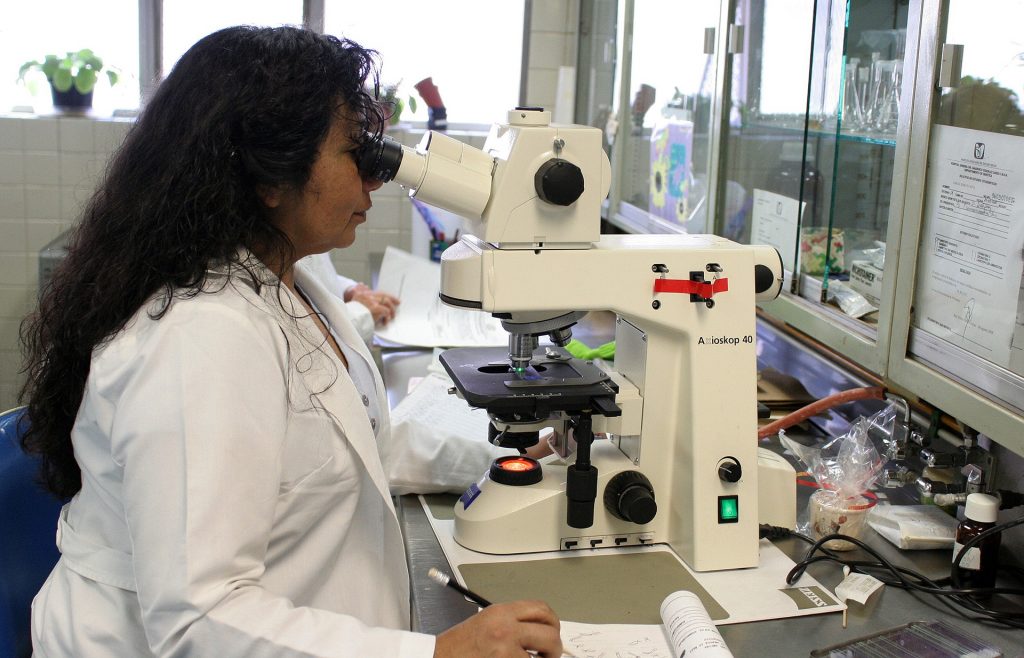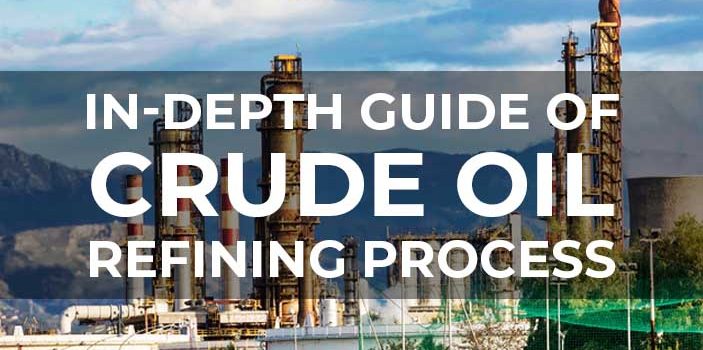Have you ever wondered how a petroleum refinery works? How we can use products such as gasoline, medicines, plastics, or agricultural chemicals? What the steps are in the refining process? Who are responsible with making the process successful?
I’m sure by now you already had these questions about the petroleum refining process. So, here’s the step-by-step process of how refineries transform crude oil into more usable forms.
Distilling Phase
The first step towards the transformation of crude oil to usable forms is the distilling phase. In a distilling column, liquid is turned to vapor at different levels, and then distilled again to separate liquids.
The top is cooler than the bottom of the column, resulting to condensation of the liquid and collected to their respective trays. Light products end up at the top, while straight run residue at the bottom of the column.
Cracking Phase
Due to products like gasoline being more in-demand in the market, straight run products are converted to lighter liquids. This is where the cracking phase comes in. The term cracking is derived from how molecules of heavy liquids are turned into smaller, but more useful molecules. In turn, the liquid will be lighter and have more value in the market.
Reforming Phase
The reforming phase is undergone by the liquid for the purpose of raising the quality and volume of gasoline that can be produced by refiners. Increasing the octane is needed to have cleaner fuels.
The reforming process makes this possible by producing reformate, a substance needed to increase octane. During the reforming process, there might be catalysts used which starts the treating phase.
Treating Phase
Fuels that we use every day need to have no contaminants in order to be effective. Since crude oil naturally contains sulphur, nitrogen, and other contaminants, the treating phase aims to remove these chemicals through hydrogen binding.
After binding with hydrogen, acids are then poured to their respective columns to remove contaminants. Some of the molecules that aren’t used for the petroleum industry is then sold to other industries.
Blending Phase
Finally, the refining process undergoes the blending phase for crude oil to turn into finished petroleum products. Since motor vehicles require certain specifications to maximize their performance, refineries adjust the finished products so it meets these needs.
The blending process doesn’t necessarily need to take place at refineries. It can even be at off-site locations or anywhere outside the refinery gate, as long as it goes through pipelines.
The People behind the Process

The refining process can be very sophisticated. So, to ensure that the refining process will go smoothly, crude oil refineries hire some of the top scientists and engineers around the world.
As you can see, the entire refining process is complex and intricate. We trust that you now have a better understanding of this interesting industry.


